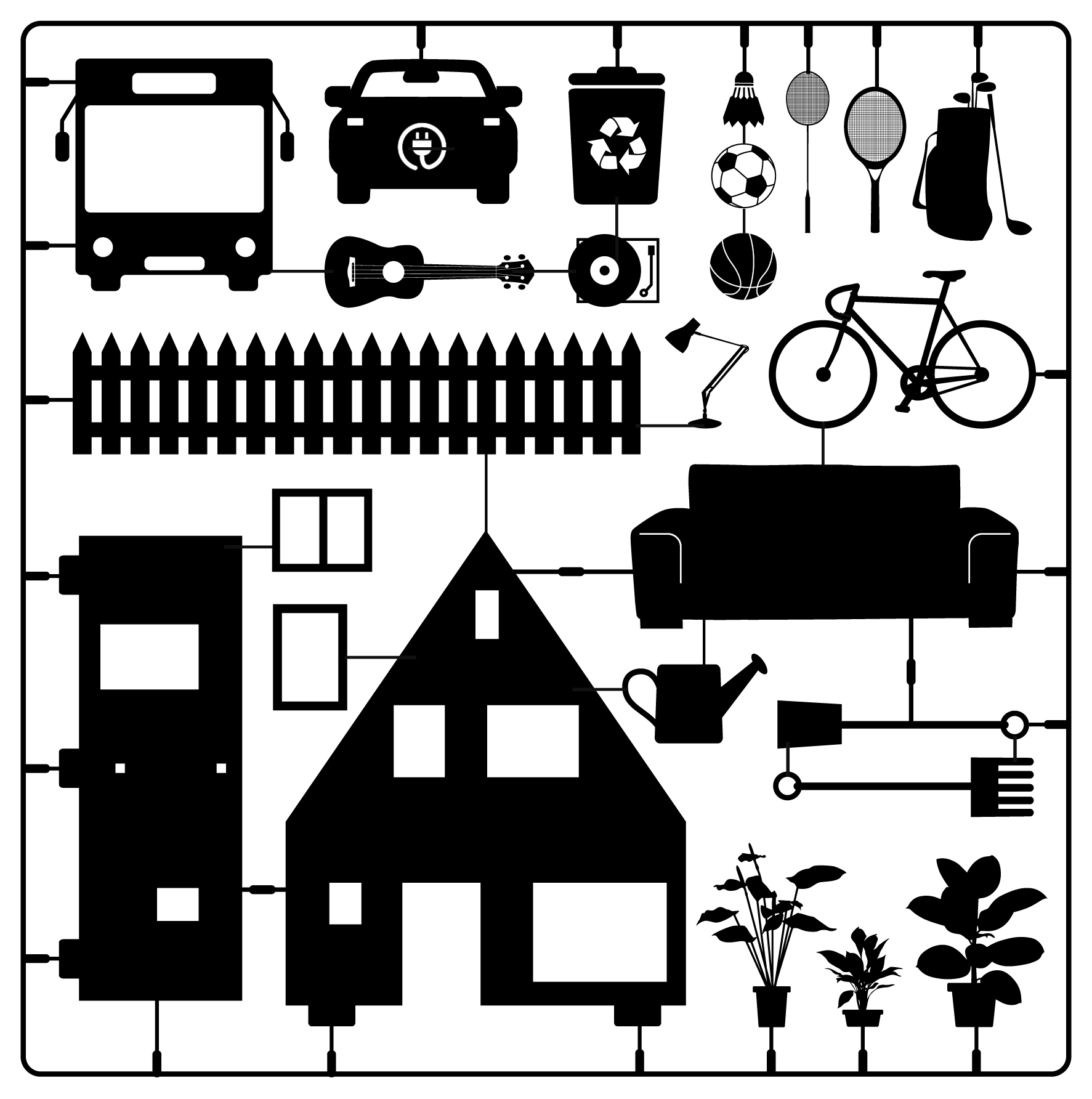Our March meeting was an all-dayer, and all MUCH members were there. Hurray!
We covered a lot of ground, with discussions that we often don’t have time for in a short meeting.
As usual, we started with a quick catchup of how we were all feeling – we think it’s helpful to understand that people’s responses to discussions and decisions may be affected by their current sense of wellbeing or of those they are close to.
Over the years the information on our website has become a bit out of date, so we’ve decided to address this by tackling any inconsistencies on the website and by pulling together a number of documents to which we can direct potential members. You might already know a great deal about CoHousing, but if not we can point you in the direction of some good resources that describe the principles of CoHousing. We’ll also include a short description of the joining process – how you can get to know us and how we can get to know you; the kinds of places we would like to build our community; what it might physically look like; and some of the things that are important to us in the way we live in our community.
Next we began an exercise looking at how we think our lives and priorities might change over the next 5, 10, 20 years, trying to understand how the importance of our location in the wider community might change. It is likely that moving into our intentional community will mean all the group moving away from friends and local networks and coming to terms with this fact is a necessary step in our journey together, and will be important when we make the decision to bid for a site.
The other main business of the day took place after a delicious shared lunch. This is nearly always a surprisingly varied feast, and this time was no exception.
Our vision and values mention living sustainably, but we agreed it was time to tease out what aspects were important to us. Things to be considered include social sustainability, and this is what CoHousing is all about. Financial sustainability is also well understood – we have to be able to afford to build the homes we want and then to maintain them and pay for running costs in the decades to come. We also need to consider the carbon footprint of our buildings, the care of our immediate environment, and making sure our homes are resilient to a changing climate – able to cope with increasing temperature ranges, floods, droughts and storms. Designing homes that can be adapted as we grow older is particularly important to us as a group, as is the flexibility to accommodate changes in technology. The discussion will no doubt continue…
Sian

